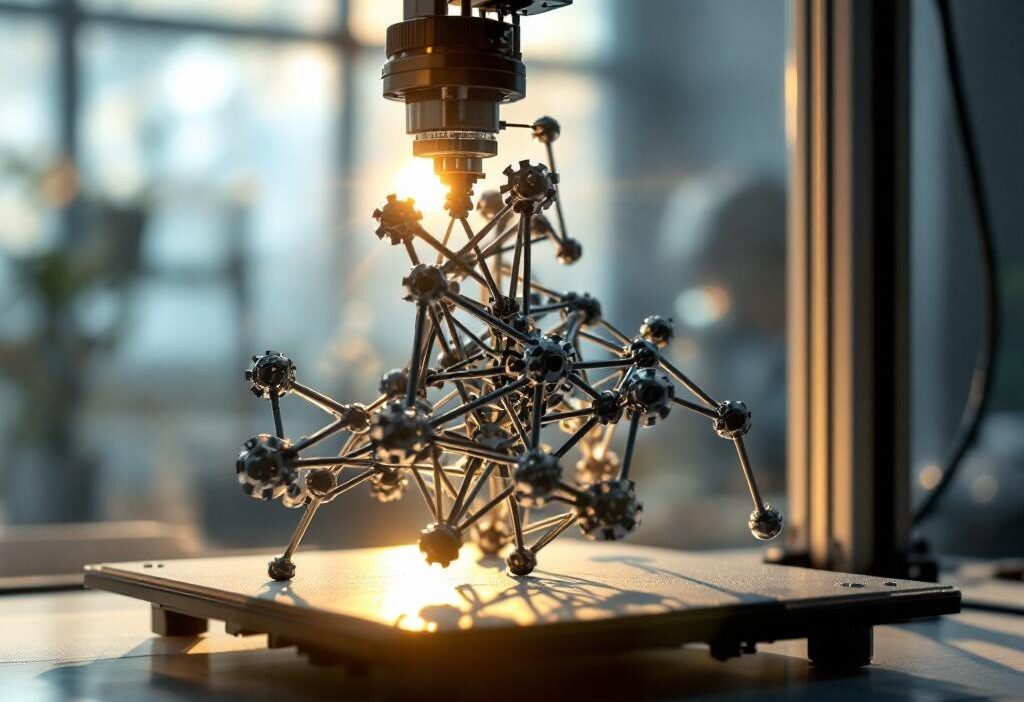The Side Effect Club: Gyroid Innovation Makes 3D Printed Parts Stronger and Lighter
Revolutionizing 3D Printing: UMaine’s Breakthrough Gyroid Technique
Estimated Reading Time: 5 minutes
- UMaine engineers are reinventing the 3D printing landscape with their new gyroid infill modeling method.
- Gyroids in 3D printing contribute to stronger, lighter parts. Bonus points for accuracy too!
- From space to cars to medical devices, UMaine’s breakthrough technique paves the way for robust components across industries.
- Unleashing Gyroid Power
- Gyroid: The New Rockstar in 3D Printing Field
- The Professional Touch
- A Win for All Industries
- Wrap-Up
- FAQ
Unleashing Gyroid Power
3D printing is already a game-changer in the manufacturing landscape. And now, UMaine’s innovative engineers have raised the stakes in the world of 3D printing. With a new approach to gyroid infill modeling, they aim to produce stronger, yet lighter parts suitable for an array of applications, including aerospace, automotive, and medical device sectors. Essentially, these guys aren’t just moving the cheese—they’re reinventing the cheese factory.
Gyroid: The New Rockstar in 3D Printing Field
Gyroid structures, for those that just fell off the 3D printing turnip truck, are complex intertwined surfaces that deliver superior strength-to-weight ratios. The UMaine revelation improves upon this by accurately predicting and designing these structures in 3D printed parts, which was previously about as precise as hitting a blindfolded piñata. Tools like LangChain and Pinecone can boost this process by optimizing machine-learning procedures and generating superior vector search abilities, respectively. Makes you feel warm and fuzzy about the future, doesn’t it?
The Professional Touch
In true professional style, UMaine’s engineers unveil this advanced gyroid infill modeling method with one eye on the practical applications and the other on how it can push manufacturing sectors into new territories. Their approach also injects a much-needed dose of predictability into the process, doing for 3D printing what GPS did for globe-trotting explorers.
A Win for All Industries
Whether you’re gazing at the stars or at the car down the road, UMaine’s method spells progress. By leveraging this technique, the aerospace and automotive sectors, as well as the medical device industry, can anticipate parts that are not only lighter and stronger but also designed more accurately. That’s no small potatoes—more like moon-sized potatoes.
Wrap-Up
So, will UMaine’s gyroid method be the new gold standard in 3D printing? Although I arguably have the psychic skills of a pet rock, this technique sure seems like it holds immense promise. What do you think?
FAQ
- What is a Gyroid?
- What are the benefits of Gyroids in 3D printing?
- How is UMaine’s innovation changing the industry?
References:
UMaine’s Breakthrough in 3D Printing


















































































































































































































































































































































































